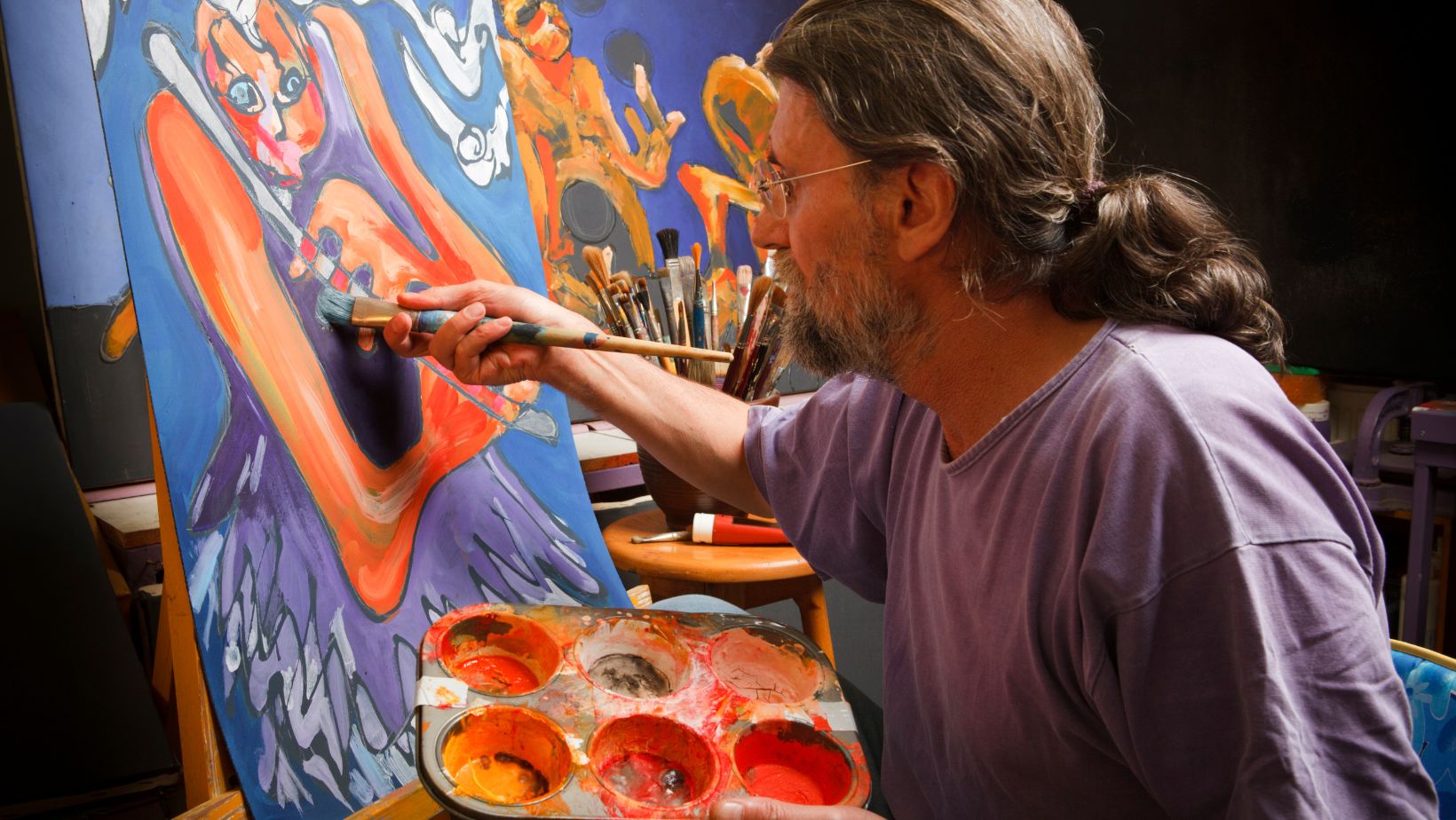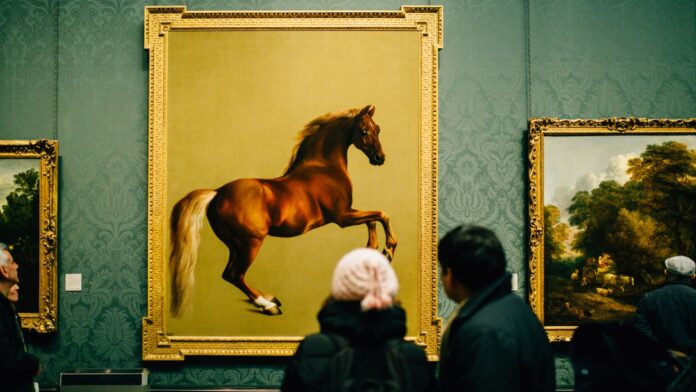In modern art, the emphasis was placed on pushing boundaries and breaking the traditional norms. As an expert in the field, I have witnessed the evolution of art firsthand and the significant impact it has had on our society. From abstract expressionism to conceptual art, each movement has challenged our perception and redefined the way we experience art. In this article, I will delve into the various aspects of modern art and explore the reasons behind its emphasis on innovation and experimentation.
Throughout history, art has always been a reflection of the times. In the modern era, artists sought to capture the essence of the rapidly changing world around them. They embraced new materials, techniques, and ideas, striving to express their unique visions in unconventional ways. This shift in focus brought about a wave of artistic movements that questioned the traditional notions of beauty and representation. Join me as we explore the fascinating journey of modern art and uncover the driving forces behind its emphasis on pushing the boundaries of creativity.
The emphasis on innovation in modern art was not just a random occurrence, but rather a response to the changing social, political, and technological landscape. As an expert in the field, I have closely studied the historical context that shaped the modern art movement. From the aftermath of World War I to the rise of industrialization, these external factors influenced artists to seek new forms of expression. In this article, I will delve into the socio-cultural climate that fueled the drive for innovation in modern art and examine the ways in which artists challenged the status quo.
In Modern Art The Emphasis Was Placed On
In modern art, the emphasis was placed on pushing the boundaries and exploring new artistic possibilities. This period marked a significant departure from the traditional styles and conventions that had dominated the art world for centuries. As an artist myself, I find it fascinating to delve into the evolution of modern art and understand the driving forces behind its emphasis on innovation and experimentation.
One of the key factors that influenced the shift in artistic focus was the rapidly changing world. During the late 19th and early 20th centuries, society underwent profound transformations. As the world plunged into two devastating World Wars, it brought forth a sense of disillusionment and a questioning of established norms. This led artists to seek new ways to represent and make sense of this complex and chaotic world.
Industrialization also played a pivotal role in shaping the direction of modern art. The rise of new technologies and mass production challenged traditional craftsmanship and artistic techniques. Artists began to explore unconventional materials and methods, pushing the boundaries of what was considered art. This led to the emergence of abstract art, where the emphasis shifted from accurate representation to capturing emotions and impressions.
The evolution of modern art can be attributed to a variety of factors, including the changing social, political, and technological landscape. The emphasis was placed on innovation and experimentation as artists sought to capture the shifting world around them. By challenging traditional notions of beauty and representation, modern artists paved the way for a new era of artistic expression.

Conceptual Art: Emphasizing Ideas
In modern art, the emphasis was placed on pushing the boundaries of traditional artistic practices and exploring new avenues of creative expression. Conceptual art emerged as a significant movement in the mid-20th century, challenging the conventional understanding of art and shifting the focus from the visual outcome to the ideas behind the artwork.
Conceptual artists sought to break free from the constraints of traditional art forms and materials, emphasizing the conceptual framework and intellectual engagement over technical mastery and aesthetic appeal. They aimed to convey their ideas and concepts through various mediums, including installations, performances, and even language-based works.
One of the key characteristics of conceptual art was its focus on the process and the idea rather than the final artwork itself. This approach allowed artists to explore abstract and thought-provoking concepts that went beyond conventional notions of beauty and visual representation.
Conceptual art also embraced the concept of participatory art, urging the audience to actively engage with the artwork and become an integral part of its meaning-making process. This democratization of art challenged the notion that art was reserved for a select few and opened up new possibilities for collaboration and interactive experiences.
Overall, the emphasis placed on ideas and concepts in modern art, particularly in the realm of conceptual art, revolutionized the art world, breaking down traditional boundaries and paving the way for new forms of artistic expression that continue to evolve and inspire to this day.


